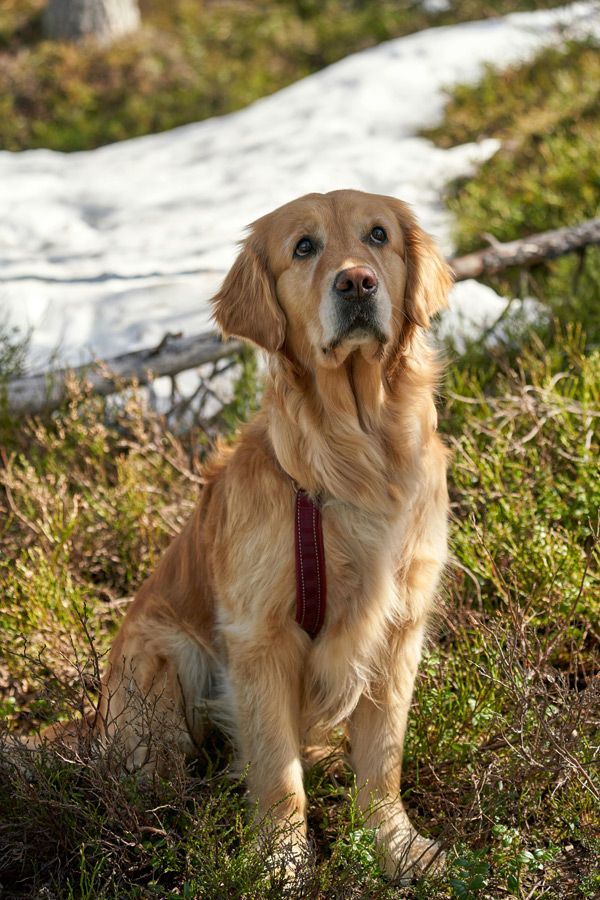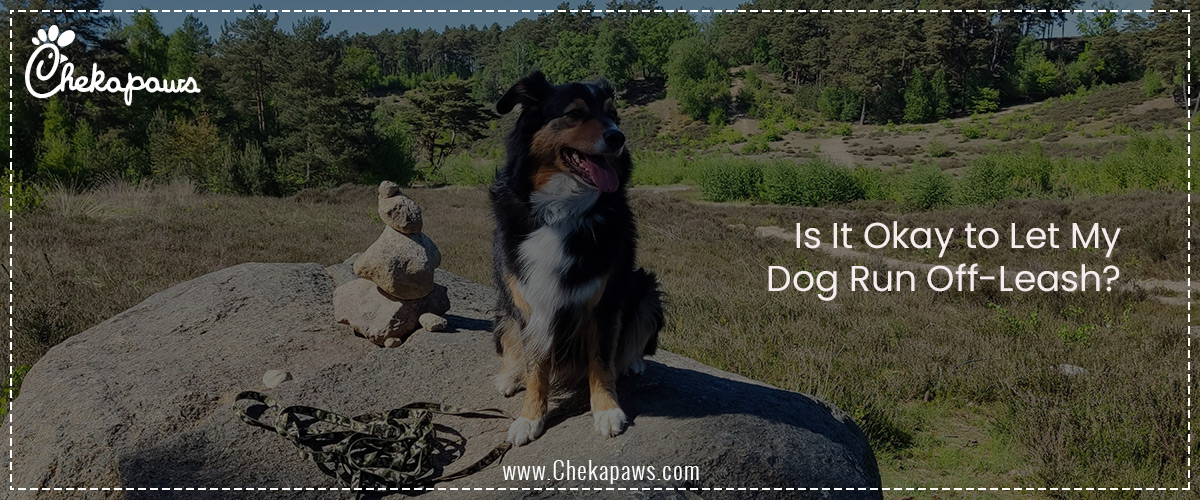Being a pet parent there are several advantages to letting your dog run free, such as increased mental and physical stimulation and better socialization. Additionally, ALL dogs must be trained to walk correctly on a leash while they are out in public with their parent. You must teach your dog a “reliable recall” and only take him off the leash in secure areas where dogs are permitted to run free if you want him to be free to explore. If a dog wanders into a field of cattle, gets caught in a snare or consumes toxic bait, it could be shot. It is quite risky to let a dog alone. But there are also serious risks associated with it, including possible behavioral problems, safety issues, and legal repercussions. A thorough summary is provided here to assist you in making an informed choice.
Table of Contents

Benefits of Letting Your Dog Run Off-Leash
Enhanced Physical and Mental Stimulation
Dogs that are allowed to run, sniff, and explore at their own pace are able to engage in natural behaviors that can improve their physical and mental health.
Improved Confidence and Socialization
Since they have more opportunity to socialize with people and other dogs in a safe setting, well-trained off-leash dogs frequently show improved social skills and greater confidence.
Strengthened Recall and Obedience
A more obedient and responsive pet results from training a dog for off-leash activities, which strengthens obedience and recall of orders.
Natural Movement and Exercise
Compared to on-leash walks, off-leash activities allow dogs to move more organically, which is better for cardiovascular health and muscle growth.
Risks and Considerations
Safety Concerns
Dogs that are not on leashes are more susceptible to risks such collisions with moving vehicles, confrontations with hostile animals, and dangerous terrain.
Legal Restrictions
There are severe leash restrictions in many places, and breaking them can lead to fines or other legal repercussions. Always verify local laws before letting your dog run free. It’s essential to be aware of and comply with laws and legal restrictions to avoid conflicts.
Potential for Unwanted Interactions
Conflicts or mistakes could result from an off-leash dog approaching other canines or people who are uncomfortable with canine contact.
Risk of Getting Lost
When dogs go too far off the leash, especially in new places, they might get confused and lost. Off-leash areas can become tempting for dogs to chase or interact with other dogs, potentially leading to them getting separated from their owners.
Health Hazards
Dogs that are not on leashes are more prone to get parasites, consume poison, or get sick from contaminated water or wildlife.
Areas with Other Dogs
To avoid any aggressiveness or conflict, it’s important to keep your dog on a leash while you walk them in an area where other dogs are present.
Training and Preparation
Assess Your Dog’s Readiness
Not every dog can participate in off-leash activities. Prior to considering off-leash freedom, assess your dog’s temperament, obedience level, and recall reliability.
Implement Gradual Training
To improve your dog’s recall and obedience, start with simple commands and progressively add distractions in safe settings.
Use Appropriate Equipment
Tools like long-line leashes can provide a balance between freedom and control during the training phase.
Conclusion
Considering the advantages and possible drawbacks is necessary when deciding whether to let your dog run free. It necessitates a careful evaluation of your dog’s behavior, compliance with regional regulations, and dedication to appropriate training. You may make a responsible decision that protects your dog’s safety and well-being as well as the community’s by considering these aspects.







